By Brian Peterson and Greg Wagner.
Brian Peterson is a wildlife biologist at the University of Nebraska at Kearney and coordinates the M.S Biology Online Program. His research focus is white-tailed deer antler metrics. He is also an avid hunter and outdoor enthusiast.
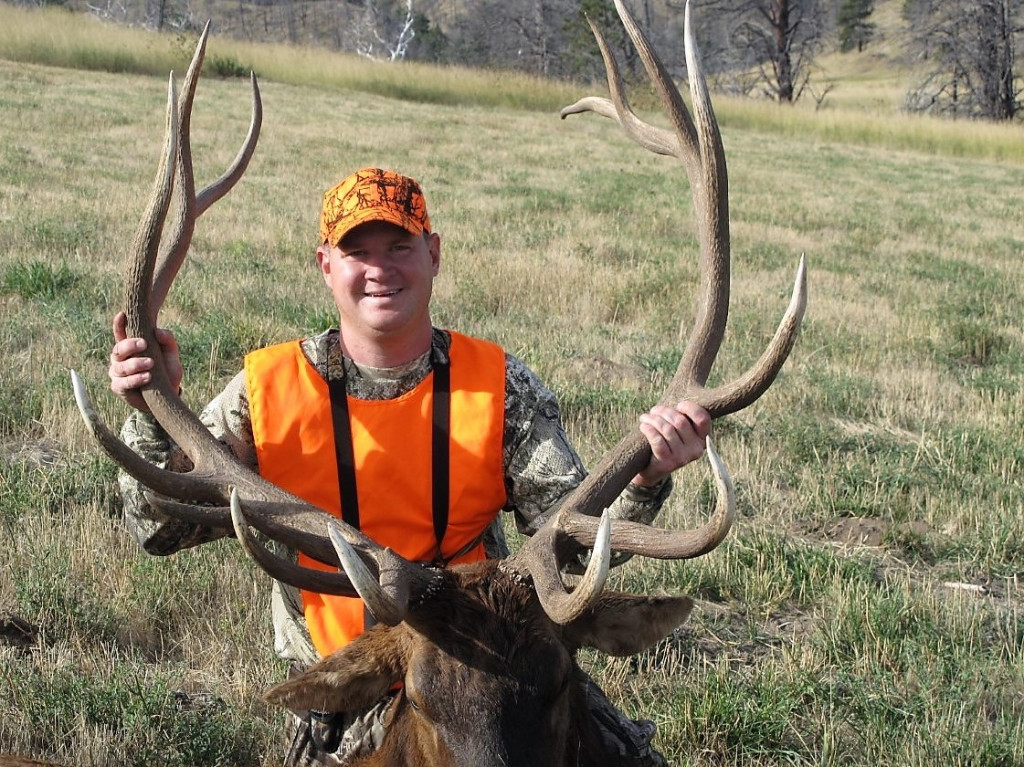
In the outdoor space, there is a lot of information about deer shed or cast antlers. Knowing the science of them instead of the myths or misconceptions about them can increase your knowledge which may boost your opportunities and narrow your searches for shed antlers.

Based on observations and long-term research for more than 15 years at the University of Nebraska Kearney (UNK), Brian Peterson, sheds light on “sheds.” Here is what he and his students have found.
Antler Myths and Science’s Answers
- Antlers and horns are very different structures other than being large showy appendages atop the head.
- Horns grow over a bony core and remain with the animal throughout their lives (pronghorn being the sole exception, as they shed their horn sheath).
- Antlers on the other hand, are grown and cast/shed annually within the deer family.
- Antlers are one of the fastest living growing tissues around, which make them costly to produce.
- Antlers are so costly to produce that most deer exhibit temporary osteoporosis where they demineralize portions of their skeletal bones (primarily ribs) to secure enough minerals (calcium), to grow their new set of antlers at a rate of .5 to 1 inch per day.
- Antlers are necessary component of the breeding season or rut. As rut starts, males rub their antlers on trees or other vegetation to scent mark as well as begin sparring with other males to determine dominance.
- Regrowth of a new set of antlers yearly is important as breakage is common during fights.
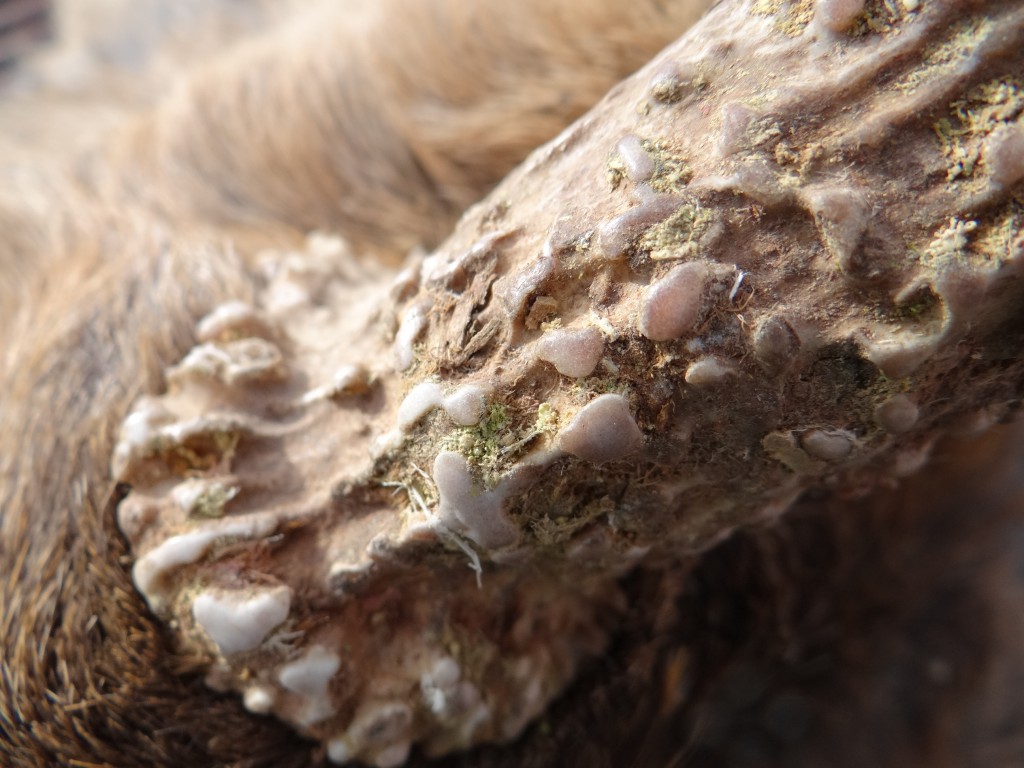
*Myths about Antlers and Cast Antlers. Here are a few of them:
o Myth: Number of points is the best way to determine a deer’s age.
o Myth: Number of points is the best way to confirm a matched set or antler pair.
o Deer are everywhere so cast antlers should be distributed evenly on the landscape where deer are present.
o Myth: You can tell the deer’s age based on his antler…………Well, that is partially true, so let’s stop there, avoid the myths, and stick to scientific observations and findings.
So, what can we learn about the individual deer based solely on collecting their shed/cast antler? Below are some of the things we have learned over the last 15 years based on observations and long term research conducted at UNK.
Naturally Shed Antlers can tell us:
*Deer Species
o Antler size and shape can tell us what species of deer shed its antlers.
o In Nebraska, we have: White-tailed Deer, Mule Deer, Elk.
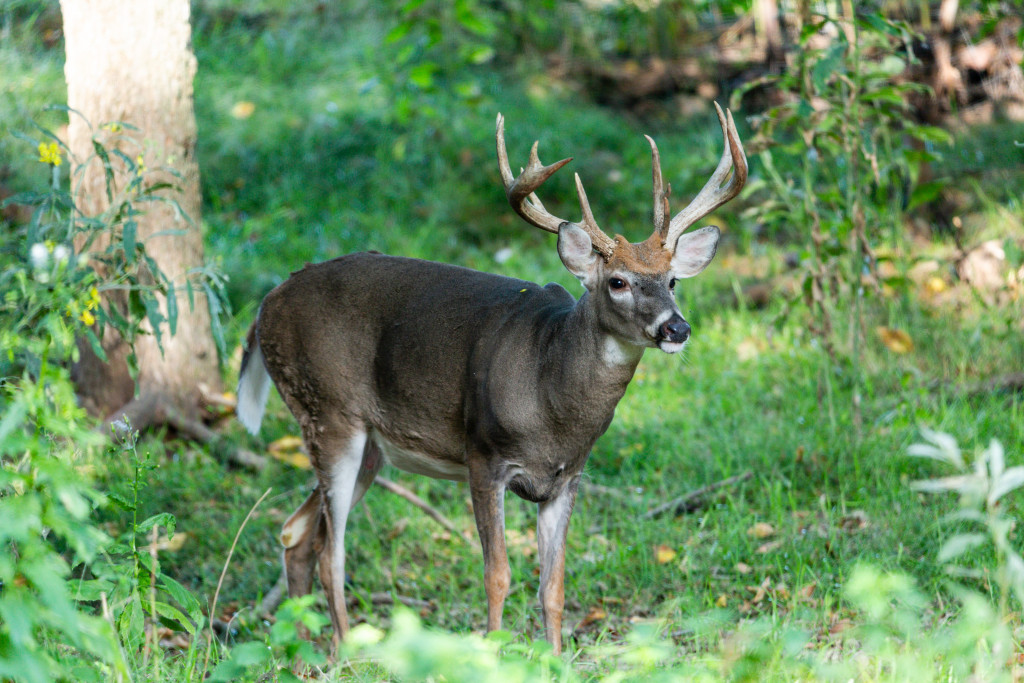
*Deer’s Sex
o In white-tailed deer, only males grow hardened antlers every year.
- In very rare cases, a doe may grow a small set of antlers covered in velvet that rarely harden or shed due to a hormone imbalance.
*Deer’s Overwintering Habitat
o Micro habitat: Typically bed on warm southern and western facing side of tree lines or hillsides. Areas where the first snow melt occurs.
o Macro habitat: Habitats that provide the best protective thermal bedding cover which are close to a food source.
o 10% rule, sheds are typically concentrated in 10% of the deer’s habitat area or homerange.
*Deer’s Proof of Life – A shed freshly collected in late winter or spring indicates the deer likely survived:
o Hunting Season
o Predators
o Vehicle collisions
o Disease
*Deer’s Behavior at the time of casting (can be difficult to determine).
o Bedding: Typically, sun exposed areas out of the winter wind, where snow melt occurs first.
o Feeding: Typically, around agriculture fields, hay bales.
o Drinking: Along the water line of ponds, lakes or rivers.
o Traveling: In the wide open on or adjacent to game trails.
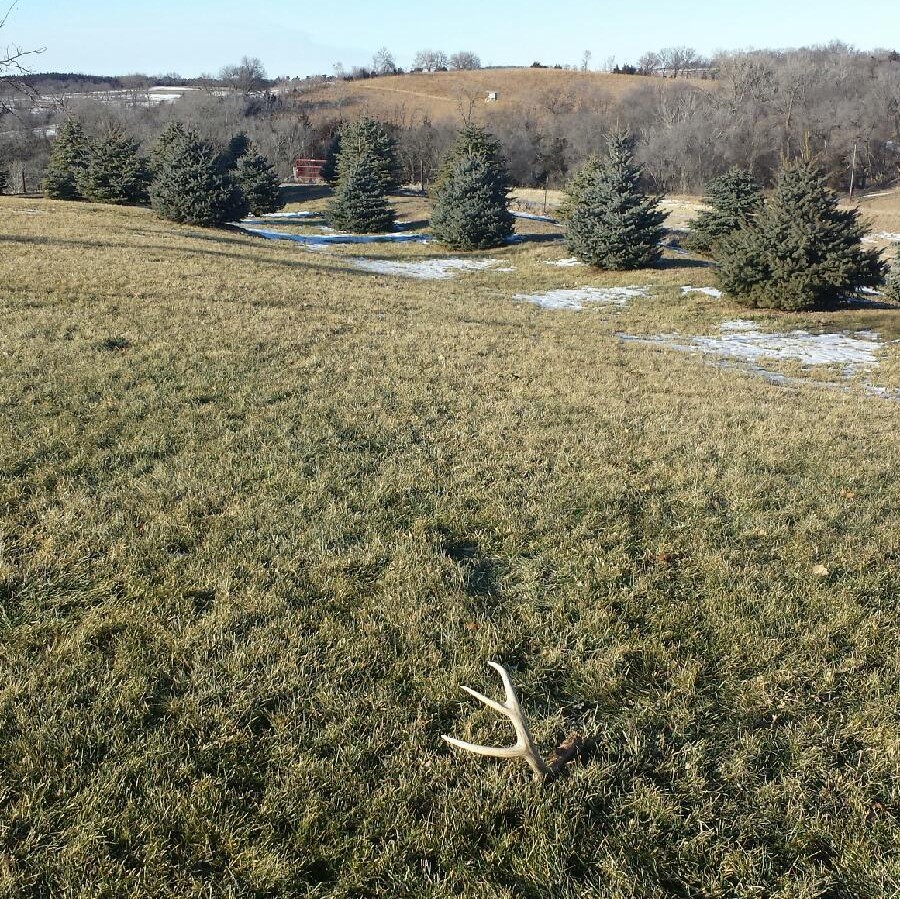
*Deer’s Age
o While all deer are unique, and all populations have outliers, based on an 8-year study we found that deer with <14-inch main beams were are typically 1.5-year-olds while deer with main beams ≥14-inches are ≥2.5-year-olds.
*Deer’s Health (individual level)
o We observed that pedicle seal depths were flat to concave during extreme drought (2012) compared to rounded or convex seal depths during normal years.
o We also found during deer check, male antlers were not smaller during that same 2012 drought year.
o Conversely, we did observe that fawns born during the 2012 extreme drought year had smaller antlers throughout their lives when compared to males born during normal years.
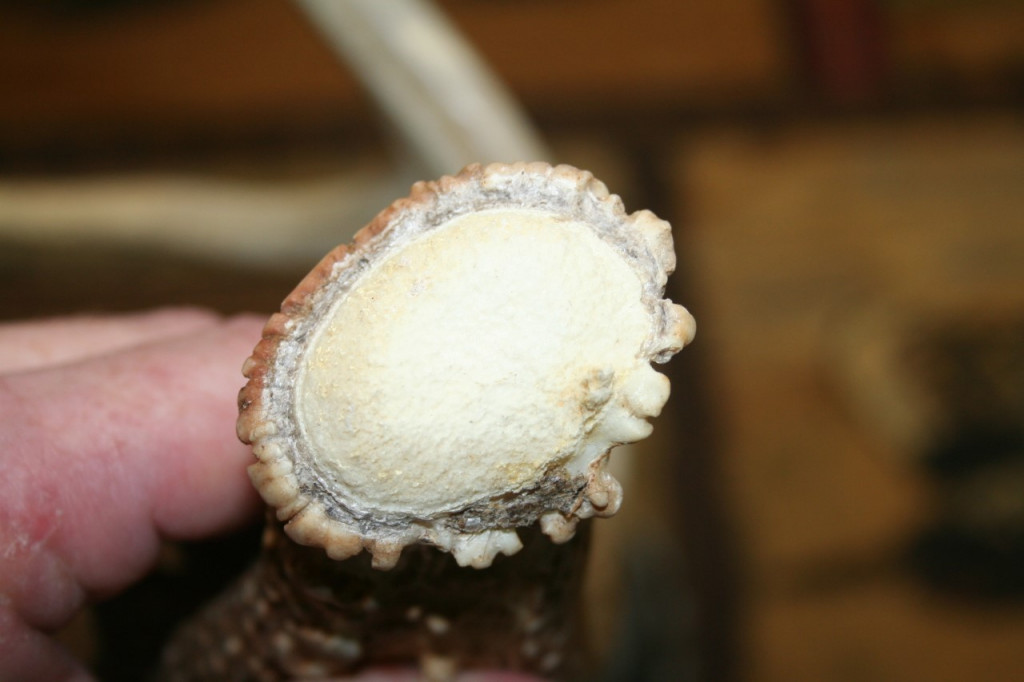
*Deer’s Match Set/Antler Pair- What is the best indicator of one?
o The best indicator of an antler pair is watching it fall off the deer, but that would be as rare as winning the lottery.
o Based on antler measurements on >175 cast antler pairs, we found that main beam length and basal circumference were the best indicators of a match set.
o Pedicle size and shape were also a good indicators.
o Curvature of the antler and angle of each matching tine, along with burring and coloration may also be a good indicator.
o The number of points was the worst indicators of an antler pair.
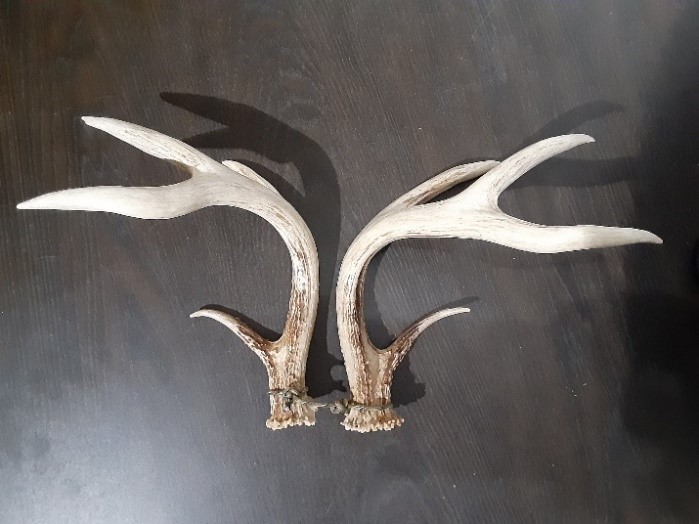
*Deer’s Shedding Time Frame
o Antlers are cast when hormone levels decrease to a critical threshold.
o This clock typically begins after the last few receptive does have been bred.
o Bachelor groups of males tend to drop at the same time.
o While it has been suggested older deer drop antlers first, through camera studies and cast antler collections, we found no significant difference as older deer shed on average earlier by just a few days.
o Based on research, >50% are shed by the end of February, and >90% by the end of March.


*Deer’s Time to Complete Casting
o Some individuals cast antlers simultaneously, while others may take several days between sides.
o This makes finding both sides difficult, as the distance between sides can vary.
o Matching pairs are difficult to find as our study only matched up ~10%
o In Nebraska, cast antler sides are found on average 100 yards apart, with older animals typically being 2X further apart than yearlings.

The post All About Antlers appeared first on Nebraskaland Magazine.
















